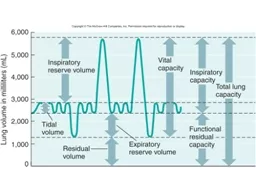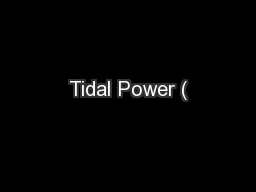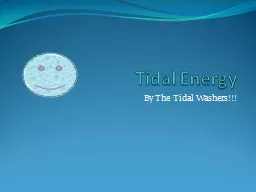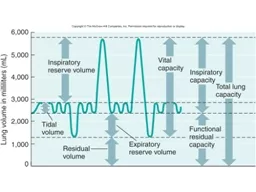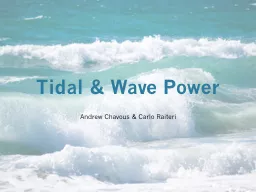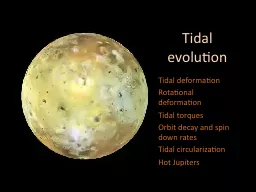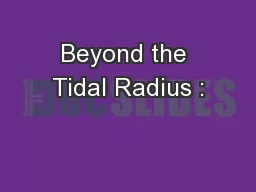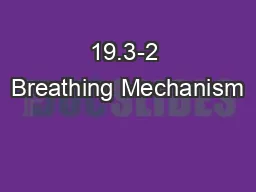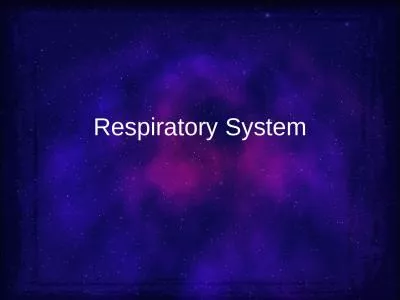PPT-Volumes Tidal Volume (TV) = volume of air during one resting respiratory cycle.
Author : dayspiracy | Published Date : 2020-06-19
Expiratory Reserve Volume ERV volume of air that can be forcefully expired following a resting expiration Inspiratory Reserve Volume IRV Volume of air that can
Presentation Embed Code
Download Presentation
Download Presentation The PPT/PDF document "Volumes Tidal Volume (TV) = volume of ai..." is the property of its rightful owner. Permission is granted to download and print the materials on this website for personal, non-commercial use only, and to display it on your personal computer provided you do not modify the materials and that you retain all copyright notices contained in the materials. By downloading content from our website, you accept the terms of this agreement.
Volumes Tidal Volume (TV) = volume of air during one resting respiratory cycle.: Transcript
Download Rules Of Document
"Volumes Tidal Volume (TV) = volume of air during one resting respiratory cycle."The content belongs to its owner. You may download and print it for personal use, without modification, and keep all copyright notices. By downloading, you agree to these terms.
Related Documents

